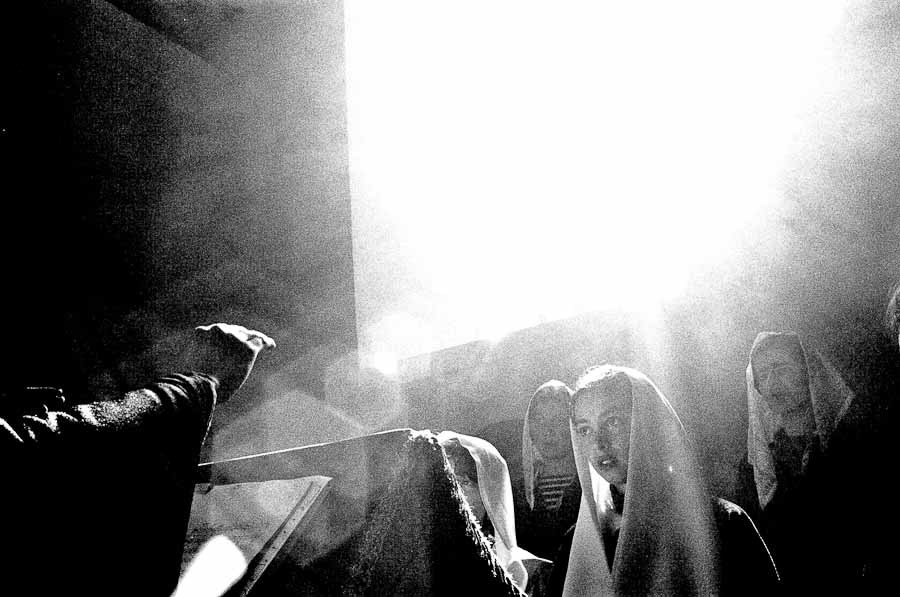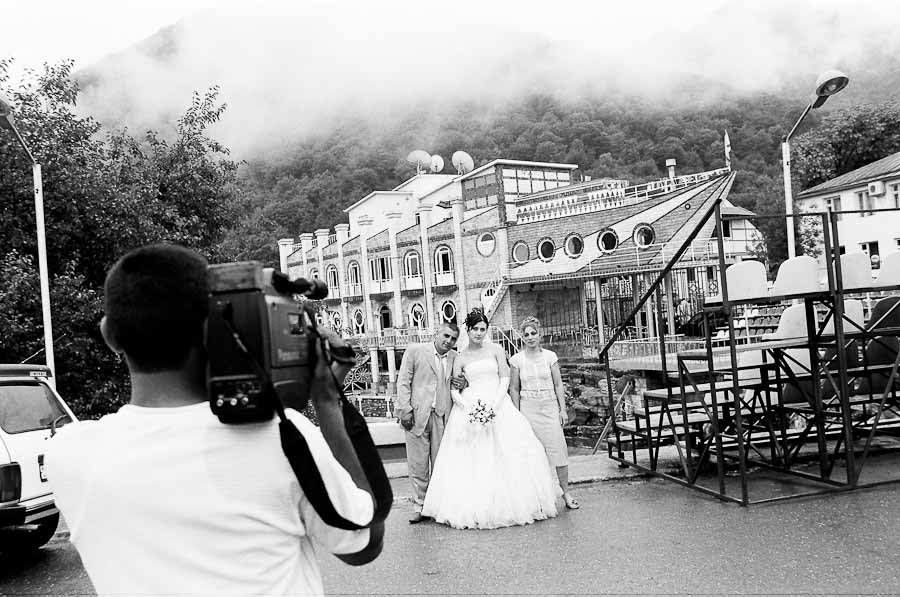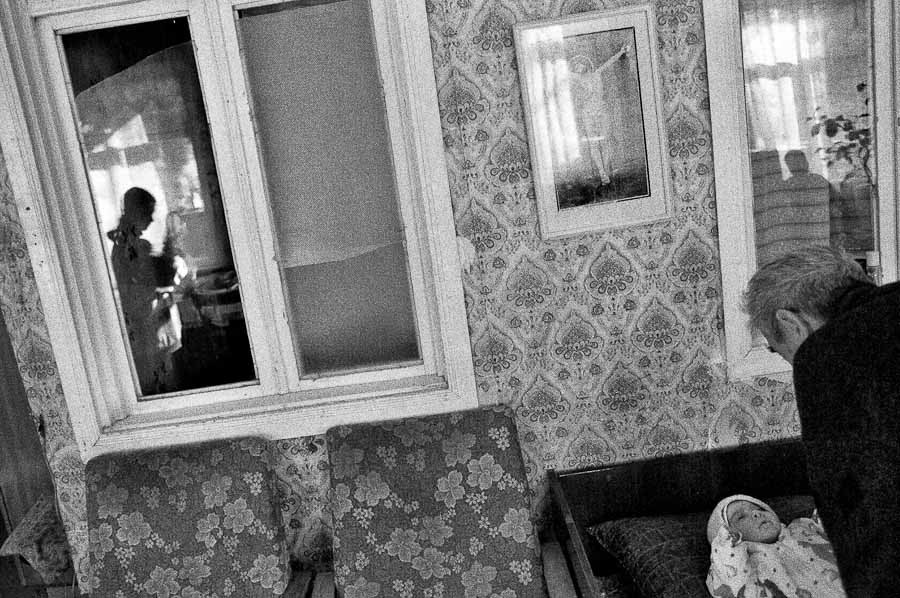My father died in June 2000.
A few years before that, he and I decided to embark on a project about Nagorno-Karabagh: a remote mountainous area next to Armenia. A region where the Armenians fought a fierce war of independence after the collapse of the Soviet Union. A region still with militarized borders and no political recognition. A place in transformation: the people, the land, the very way of life in political, social, existential upheaval. A place that is part of our distant homeland.
Until the nineties, neither one of us had stepped foot in that part of the Armenian homeland. Both our generations were born and came of age in the sprawling cities of the Armenian Diaspora: in Jerusalem, Paris, Beirut, Philadelphia, Los Angeles.
Before his passing, my father and I made one trip to Karabagh together, in 1999. It coincided with the birth of my first son. After his passing, I continued work on our project for another six years. And my every trip back marked a new birth for my family and I. The project spanned four births in all. And one death.
And so this project took on a further meaning. Upon that land of our forefathers—there for over three millennia—from within the people who were living that history, came a quest to find the father. Through the eyes and senses of the emerging father.
Father Land is a project about origins and identity. A project about a place and a people emerging out of a dark history, transforming, forging a new identity, searching for themselves and a new way of life. And also about a very personal becoming, an emergence.
Photographed between 1998-2007.

Birth, Stepanakert

Taking the slaughter to the market, Karin Dag Village

Choir, St. Gazantchetots Church, Shushi

Playing, Agajanyan Home, Stepanakert

Home near the Iranian Border, Lachin

After dinner, Agajanyan home, Stepanakert

Men, Shushi

Wedding, Vank Village

Cemetery, Stepanakert

Town square, Shushi

St. Gazantchetots Church, Shushi

Man crossing street, Vank Village

Agajanyan home, Stepanakert

Man smoking, Karin Dag Village

Backyard, Agajanyan home, Stepanakert

Trenches leading to front line, near Askeran

Construction site, Shushi

